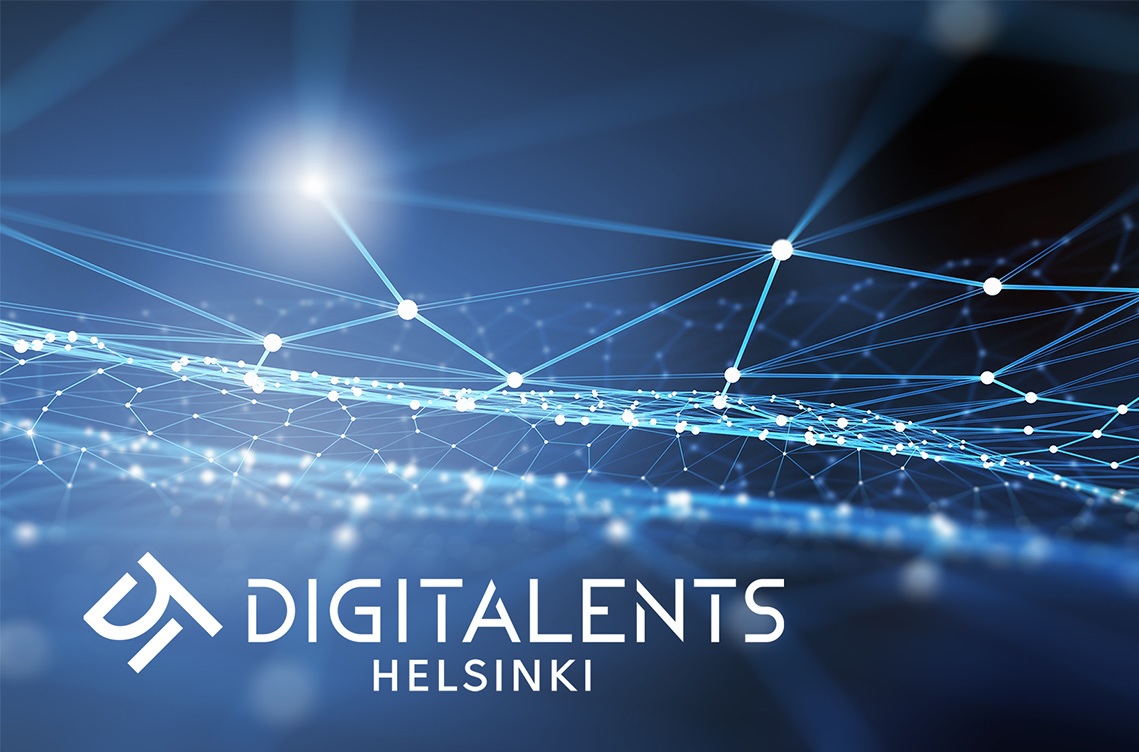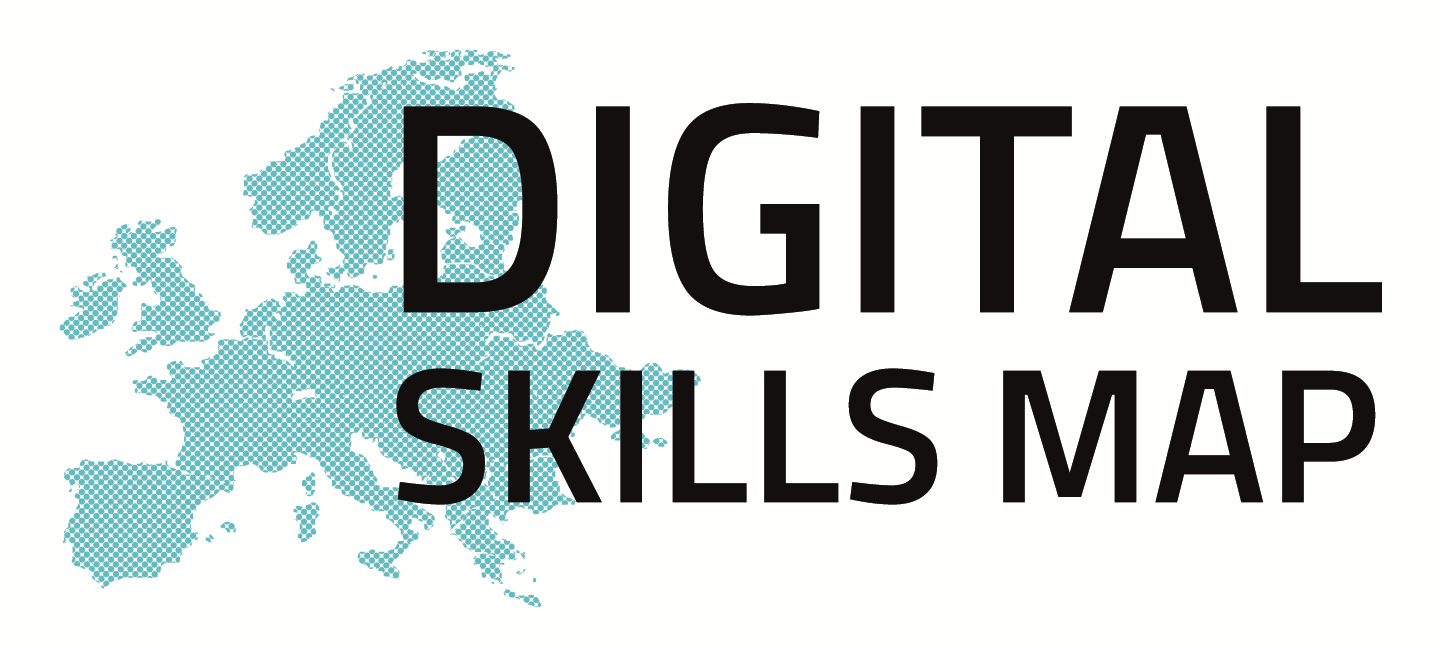Size and population development
The city of Helsinki recorded a population of 658, 058 in 2017. The city covers a total area of 715.48km2 with a population density of 3,034 people per km2.
Population composition
The 2017 data shows that the population comprises 53.4% females and 46.6% males. Life expectancy for women is 81.7 years and men is 75.1 years. 72% of Helsinki’s residents are aged between 15-64, 14.3% are aged 65 or over and 13.7% of residents are children aged 0-14. The official languages of Helsinki are Finnish and Swedish, with the majority of the population, 81.9%, speaking Finnish, 5.9% speak Swedish and 12.2% other languages. Helsinki has the highest number of immigrants in Finland with 140 nationalities represented. The largest groups are from Sweden, Russia, Estonia, China, Somalia, Kurdistan, Germany, Spain Vietnam and Turkey. Source: world population review
Main functions
Helsinki is the capital and largest city in Finland and the centre for politics, education, finance, culture and research. The city is situated in the far south of Finland, on a peninsula that is surrounded by natural harbours and protrudes into the Gulf of Finland. Helsinki consistently ranks in the top 10 most liveable cities in the world.
Main industries / business
Greater Helsinki generates one third of Finland’s GDP. The main industries are service related IT, public sector, heavy industrial works including metal and chemical processing and shipping.
Sources for city budget
The City of Helsinki draws its budget for public expenditure largely from property tax, fees, fines, operating revenues and subsidies from national government of Finland.
Political structure
Helsinki’s city council is the main decision-making body for the city, dealing with issues such as urban planning, schools, health care, and public transport. The council is elected in the nationally-held municipal elections, which are held every four years. Helsinki's city council consists of eighty-five members.
Website
https://www.hel.fi/helsinki/en


